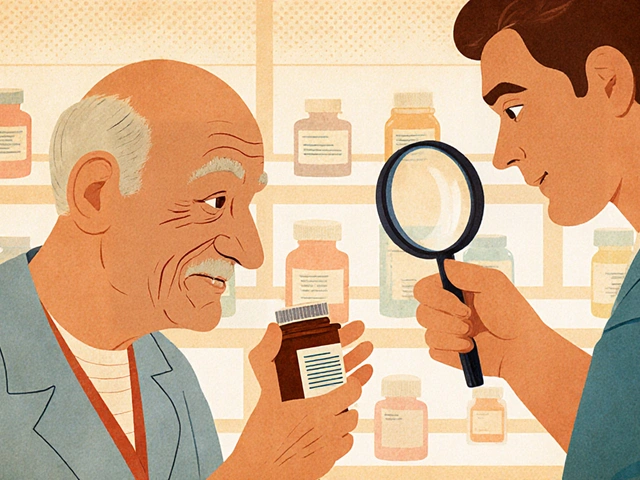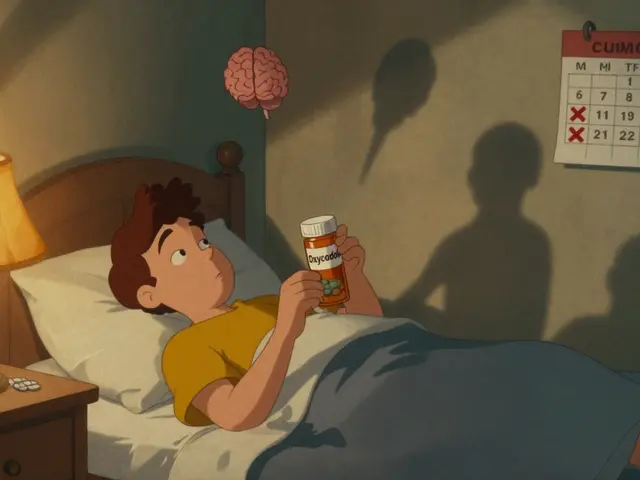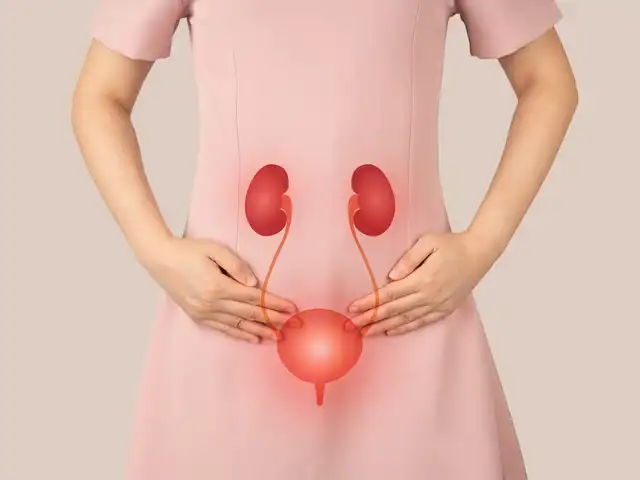Brucella Endocarditis: What You Need to Know
If you’ve heard of brucellosis, you probably think of fever, sweats, and muscle aches. But in a tiny fraction of cases the bacteria attacks the heart valves – that’s Brucella endocarditis. It’s rare, serious, and often missed because its symptoms overlap with other illnesses. Knowing the basics can help you spot it early and get proper care.
How It Happens
Brucella bacteria live in animals like goats, sheep, cattle, and pigs. People usually catch them by drinking unpasteurized milk or handling infected meat. Most infections cause a flu‑like illness, but the bug can travel through the bloodstream and settle on heart valves, especially if you already have a damaged valve.
The infection slowly damages the valve tissue, leading to leaks or blockages. Because the bacteria grow very slowly, symptoms may not appear for weeks or months after exposure. This lag makes it easy to forget the original animal contact.
Symptoms and Diagnosis
Typical signs include persistent fever, night sweats, weight loss, and shortness of breath when you’re active. You might also notice a new heart murmur or feel chest pain that worsens with deep breaths. If you have any of these and a history of animal exposure, tell your doctor right away.
Doctors usually start with blood cultures to catch the bacteria, though they grow slowly and can be missed. An echocardiogram (heart ultrasound) helps spot valve damage or vegetations – tiny clumps of bacteria and clot on the valves. Sometimes a CT scan or MRI is needed for a clearer picture.
Because Brucella endocarditis mimics other heart infections, a high index of suspicion is key. Ask your provider about specific tests for brucellosis if you live in an endemic area or have risky exposures.
Treatment Options
The backbone of therapy is long‑term antibiotics. The usual regimen combines doxycycline with rifampin for at least six weeks, often followed by a second drug like streptomycin or gentamicin to make sure the bug is cleared. Skipping doses or stopping early can let the infection bounce back.
In many cases the damaged valve needs surgery. Valve repair or replacement removes infected tissue and restores normal blood flow. Surgery isn’t always required, but if you develop severe heart failure, large vegetations, or embolic events (bits of clot traveling to other organs), doctors will recommend it.
Recovery can be slow. Even after antibiotics finish, regular follow‑up echo exams are needed to watch for lingering damage. Lifestyle changes such as avoiding raw dairy and using protective gear when handling livestock help prevent reinfection.
Prognosis
When caught early and treated aggressively, most patients survive and regain good heart function. Delayed diagnosis, however, raises the risk of fatal complications like heart rupture or stroke. That’s why knowing the red flags and getting prompt care matters.
If you suspect Brucella endocarditis, act fast: get blood tests, an echo, and start antibiotics under a specialist’s guidance. Early action can turn a scary diagnosis into a manageable condition.

Tetracycline for Bacterial Endocarditis: Indications, Dosing, and Evidence in 2025
Clear, evidence-based guide to where tetracyclines fit in infective endocarditis: who needs them, dosing, durations, safety, and what to use instead when they don’t.
Read More




